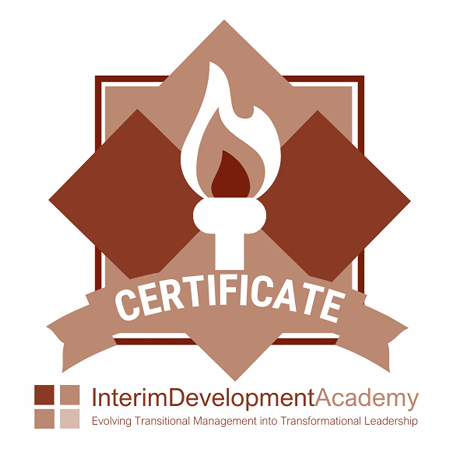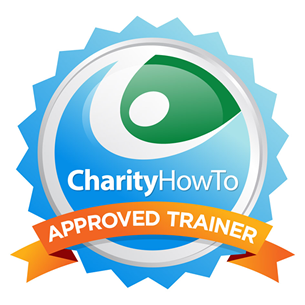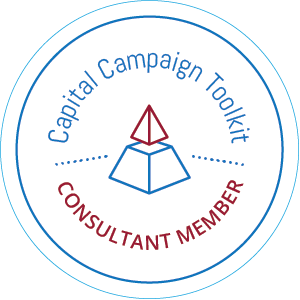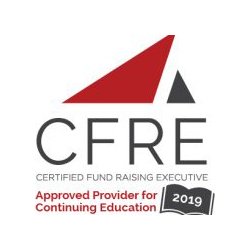When meeting with new clients, I often hear this exact same question, “But, our organization receives state and federal funds…how can we realistically make the case for our fundraising?”
And, my answer is, “Even more so you can!
It is these organizations that unfortunately, truly need to diversify their fundraising and become even less reliant on those state and federal monies that at any political moment can be reduce or curtailed even entirely leaving many organizations without the needed funds for critical services. In fact, this is not just happening in the United States but in places such as Australia where some groups who have relied entirely on state resources have been forced to close entire organizations after the state decided to redirect its funds. This has left many niche organizations closing their doors.
In many cases, while the state does provide resources for programming and staffing, hardly is the amount ever provided enough to run adequate programs. In many cases, organizations must supplement these state funds in order to provide the caliber of services that they are wanting to afford their clients. Rarely does the state pay for what I call the “Cost of Excellence” or what makes an organization’s program and services unique to its clients.
So, how can an organization such as these that have not relied on traditional fundraising dollars begin to raise philanthropic dollars on their own? It is quite possible and it all starts with defining an organization’s Case for Support.
I recommend several ways of doing this:
- An organization must begin to ask itself “What am I raising money for?” or “Why do we need philanthropic resources?” Is it for annual or capital or even endowment purposes?
- Work with your Chief Financial Officer (CFO) to determine what areas in the budget are currently unfunded or underfunded. These areas will become your Case for Support.
- Oftentimes these are the areas that are not funded or underfunded by the state and other funding sources and are the difference between the entire cost of service excluding the state funding source.
- Determine what funds each area and what they provide including overhead costs. Give this category of funding a name such as the “Cost of Excellence.”
- Additionally, analyze all of your annual operating budget and package your other “budget relieving” items and activities into a Family of Funds that will provide multiple options for donors giving. Essentially by doing so, you are relieving items in the Annual Operating Budget and thus meeting your annual operating needs.
Organizations that once were solely relying on state and federal funds now have the opportunity to diversify their fundraising by building a strong Case for Support that attract donors to support them leaving them less vulnerable to the whims of solicitation sentiment.
For a sample, Cost of Excellence Case for Support marketing brief, please email me directly here.
For a free, 30-minute consultation, or to learn more about our “Survive and Thrive” professional coaching services, visit us here at www.hireacfre.com or book your fundraising coaching session at http://calendly.com/developmentconsultingsolutions/30min.
Join my new nonprofit “tribe” who are surviving and thriving! Click HERE to join my private Facebook group: Nonprofit Survive and Thrive Mastermind and receive support and inspiration to drive your results











Leave a Reply
Want to join the discussion?Feel free to contribute!